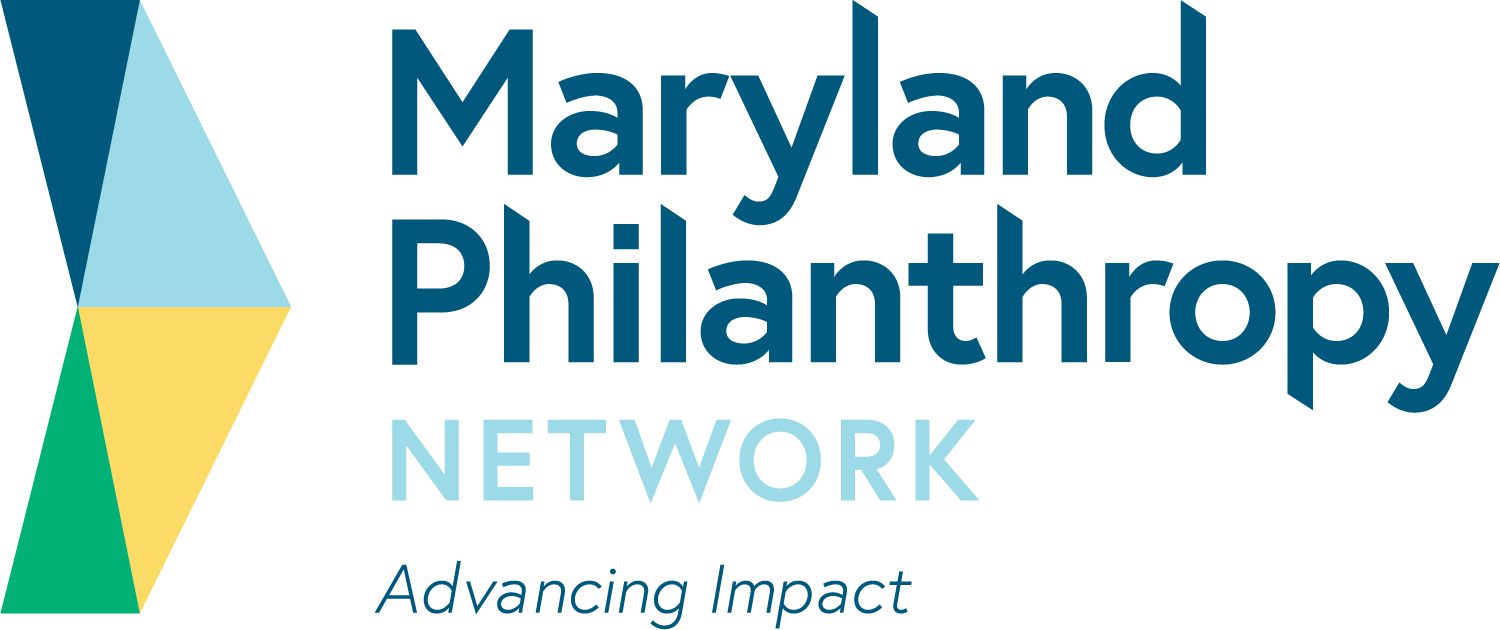The Donor Advised Fund Research Collaborative (DAFRC) is a consortium of academic and nonprofit researchers.
Join Native Voices Rising, and sponsors Common Councel Foundation and Native Americans in Philanthropy, as they celebrate a decade of transformation and empowerme
“Foundation Giving for Disability: Priorities and Trends”, a rigorous new study commissioned by the Disability & Philanthropy Forum, is the first study of its kind to map philanthropic giving for disability causes. The report goes beyond big-picture dollar figures to point out key imbalances within philanthropy, most notably the minuscule amount of support and action to advance social justice for people with disabilities across the spectrum of funding.
More funders are providing general operating support to BIPOC-led organizations. But is it enough? Our research suggests that acting in true alignment and solidarity with BIPOC communities requires more: that funders begin to fundamentally shift the way they think about and use their resources, power, and privilege
The philanthropic sector is an ecosystem: a web of interdependent actors, infinitely variable, striving constantly to build something greater than the sum of its parts. Philanthropy is also getting organized and reorganized. Funding collaboratives, unionized labor, new governance structures — individual actors are making moves, coming together to cause change on a broader scale. As ideas and methods gain attention, they introduce yet more dynamism to the environment. Today, we see this push-pull at work. In 2023 and beyond, we’ll see how it plays out. Check out the Dorothy A. Johnson Center for Philanthropy's 11 Trends in Philanthropy for 2023 Report to help you anticipate and embrace what’s next.
Over eight years of producing 11 Trends in Philanthropy, the Dorothy A. Johnson Center for Philanthropy team has combed the landscape of nonprofits and foundations for the most visible signs of a trend — the increased grant dollars, the emerging networks, familiar voices speaking up. This year’s trends share a familiar wealth of examples, data, quotes, and research publications that can help us all anticipate the vectors of change. But at the core of 11 Trends in Philanthropy for 2024, readers will find a set of questions rather than answers. Check out the report for yourself to see what questiosn the field will wrestle with in 2024.
Grantmakers for Effective Organizations (GEO) is pleased to co-release this publication from Sheryl Petty, Ed.D. of Movement Tapestries.
Jayeesha Dutta, co-founding member of Another Gulf Is Possible and program director at Windcall Institute, and Miwa Tamanaha, in residency in community-building at Hawaiʻi Investment Ready, interviewed Ci

